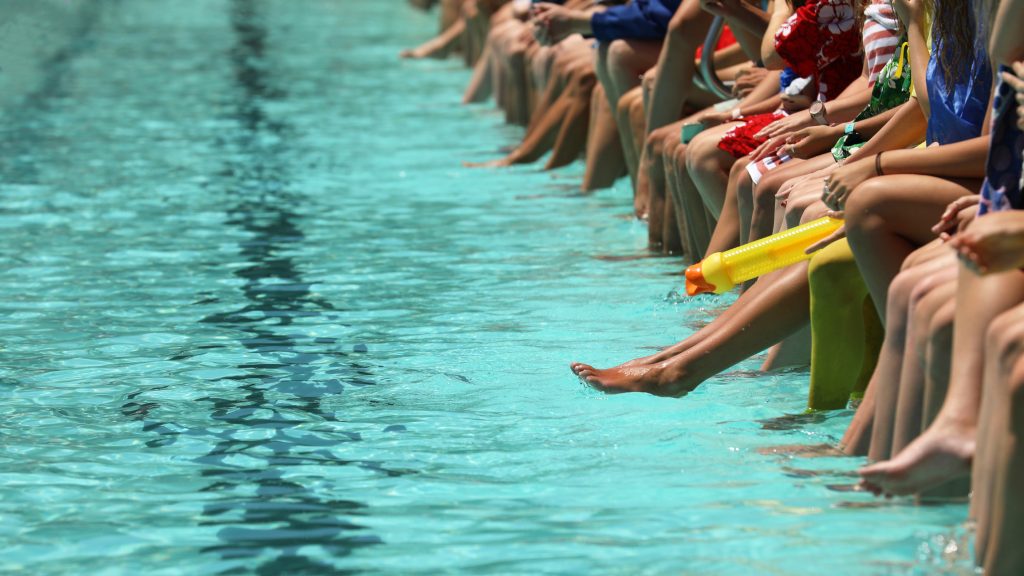As summer approaches, many homeowners are looking forward to enjoying their backyard swimming pools. However, it’s important to be aware of new safety standards for private pools that went into effect in July 2021. Failure to meet these standards could result in a fine of $500 or more. In this article, we’ll outline the safety requirements for private pools and provide tips for ensuring compliance.
Complying with the New Safety Standards
If your pool was installed before November 1st, 2010, you have until July 1st, 2023, to meet most of the safety standards outlined in this article. However, the government is considering extending this deadline to September 1, 2025. To ensure that your pool meets the new safety standards, follow the guidelines below.
1. Fencing Requirements
Most pools are now required to have fences around them. This is especially true if the pool has a depth of 60 cm or more. This regulation even includes inflatable or temporary pools. The fence must be at least 1.2 meters high, prevent the passage of any round object with a diameter of 10 cm or more, and be difficult to climb. The links in chain-link fences have to be 3 cm or less, otherwise vertical slats will have to be inserted. All entrances to the pool area must have a self-closing and self-locking safety device to prevent unsupervised access.
Exceptions to Fencing Requirements
If you have an above-ground pool with sides that are more than 1.2 meters high, you don’t need to install a fence around it. However, any ladder or other entrance must still meet the safety requirements outlined above.
2. The One-Meter Rule
To prevent children from accessing the pool area by climbing on nearby objects, any equipment or fixed structure on which a child could climb must be installed at least one meter from the fence or pool wall if no fence is required.
3. Diving Board Safety Standards
If your pool has a diving board, it must comply with the safety standards of the Bureau de normalization du Québec (standards office of Quebec). For example, diving boards should have a maximum length of 2.45 meters and the minimum depth of the water at the plummet should be at least 2 meters.
Check Your Municipal By-Laws
It’s always a good idea to check with your municipality to see if they have any additional regulations regarding swimming pools. For example, some municipalities require a permit before you can install a pool. Moreover, many municipalities require pool covers to be installed on residential pools when they’re not in use. These covers should be strong enough to support the weight of a child and prevent anyone from falling into the pool.
Other Safety Measures to Consider
1. Alarms
Pool alarms are designed to alert homeowners when someone enters the pool area. There are different types of pool alarms available, including surface wave alarms, subsurface alarms, and perimeter alarms.
2. Pool Drains
All residential pools should have anti-entrapment drain covers installed to prevent swimmers from becoming trapped by the suction of the pool drain.
3. Chemical Storage
The chemicals used to keep pools clean and safe should be stored in a secure location that is inaccessible to children and pets.
4. Pool Maintenance
Regular maintenance of the pool and its equipment is essential for preventing accidents and ensuring the safety of swimmers. Homeowners should check the pool’s chemical levels and inspect its equipment regularly.
5. Adult Supervision
One of the most important safety regulations for residential pools is adult supervision. Children should never be left unsupervised in or around a pool, and adults should avoid distractions while supervising swimmers.
Ensuring that your pool meets the new safety standards is essential for protecting the safety of your family and guests. By following the guidelines outlined in this article, you can enjoy your pool with peace of mind knowing that you’ve taken the necessary steps to ensure safety compliance.


Comments are closed.